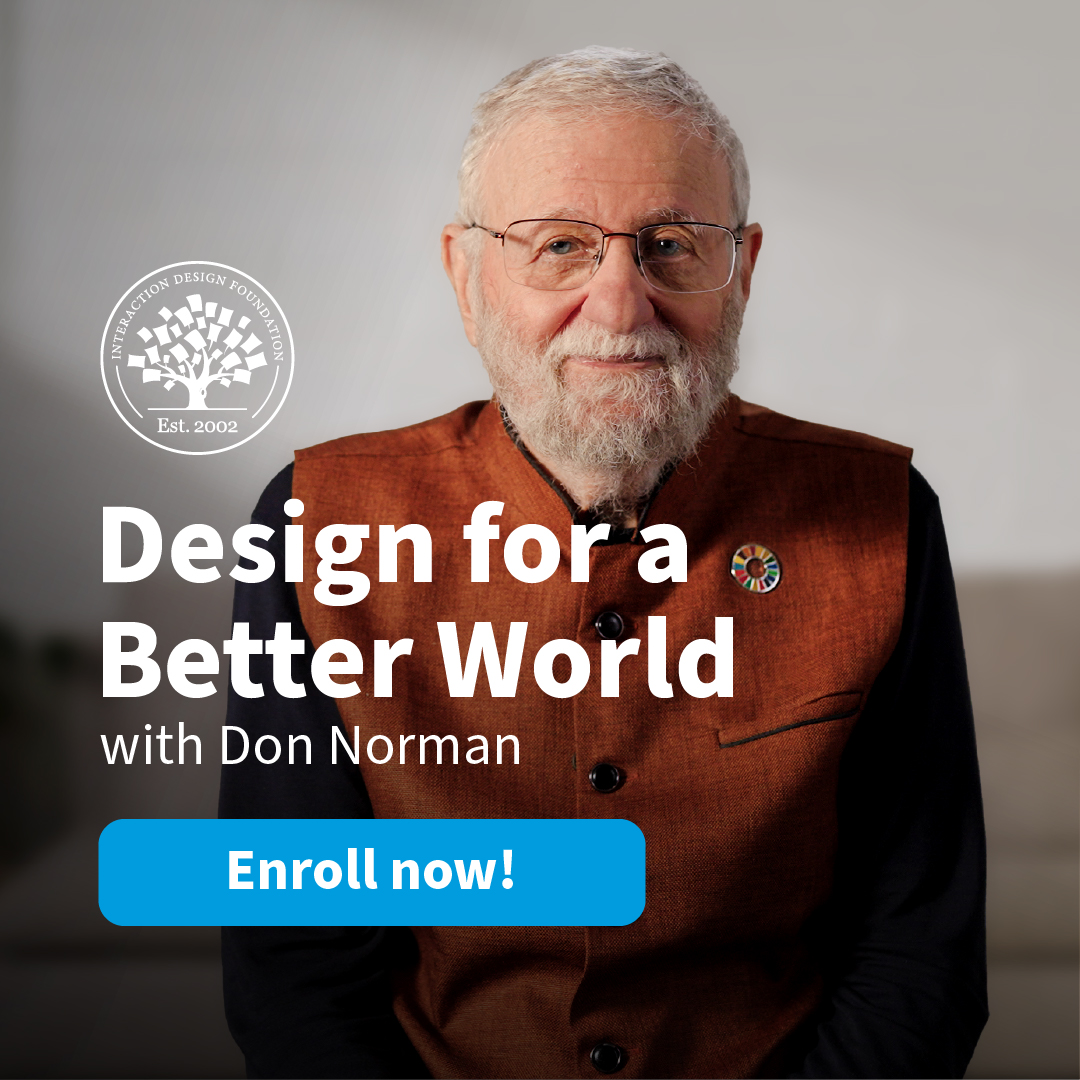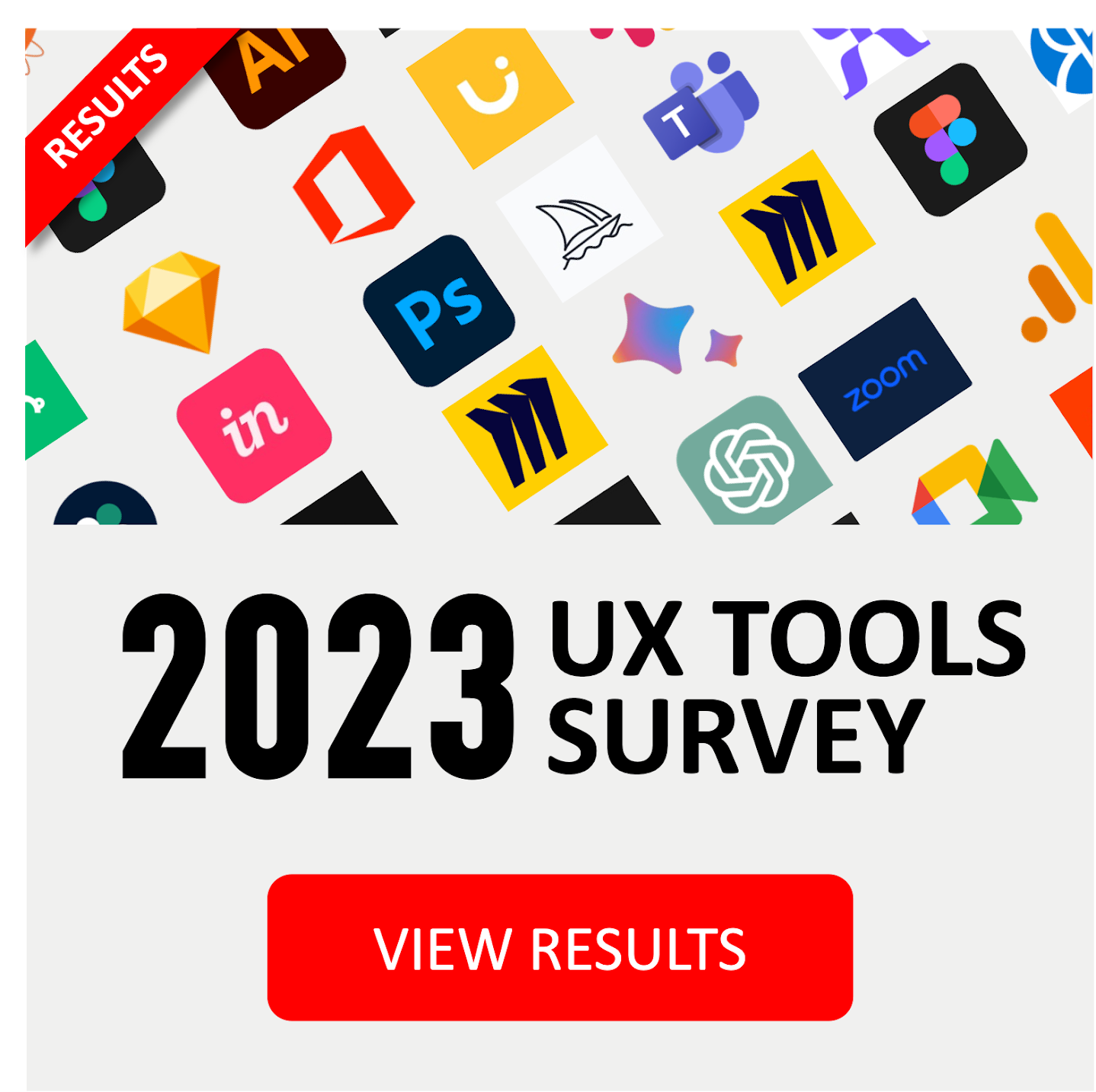Great design has a knack of perfectly guiding us to a
delightful result. It encompasses a whole experience as we interact with a
product or service. Great design appears simple, but it’s only through a deep
understanding of people and deciding to challenge complexity that great design
is achieved.
Travel helps us unravel that complexity by giving fresh
perspective to ideas, as well as helping us experience issues that affect the
world on a global scale - or even those tiny details which we might miss out on
while sitting in a regular office. A delayed flight or how your cocoa is
sprinkled on your coffee in that new city reveals a lot about great user
experience and how to design emotion. Travel helps the understanding of whole
ecosystems, and gives a comprehensive overview of how these often overlooked
touches can completely change a mood, create a smile, and build a brand. The
best brands are the brands that have empathy and know exactly who they exist
for and how to deliver something that those people care about.
Take Airbnb for example. They designed a whole experience
ecosystem to cater for joy by understanding the user journey from every
perspective, exceeding expectations right from the start by adding those
details such as free professional photography; and during the early days,
literally immersed themselves in the user experience by sleeping on their early
adopter’s floors to understand the problem they were passionate about solving
from every angle. Designers need to experience pain points as well as the
delight of the end solution to really deliver world-class work, and that’s what
travel does for you.
Experienceing the World & Applying New Ideas
Seeing the world can make us more productive designers. Being on the road means that we can’t always be online.
This forced periodic disconnection helps maintain focus, because there is
simply no time for online distractions when every second counts. Thinking back
to times when productivity was heightened, I’m taken to the moments in between
when I had suddenly became excitedly inspired to whip out my notebook in the
air, because of the way the sun had hit the monitor in front of me during my
flight and had reminded me of this futuristic optimism which lent itself
perfectly to the rebrand that I was working on. With added productivity, we get
to solutions faster and with less stress. We’re doing our own minds as well as
our clients’ products a favor. Plus, it’s been found that travel can actually
make us happier and healthier.
Design solutions get better as we understand more about
people, the world, and how we interact with technology. Sometimes it’s the
small things in cities that give us big ideas and new approaches to problem
solving. Usually, the more obscure the challenge, the more exciting the
learning and application of the insight. Being in new cities and seeing how
people use technology to facilitate their lives helps us design for culturally
and contextually relevant design solutions. It was only after living in Berlin
for a while that our team understood how the locals used technology, as well as
their attitude towards it. At the time, we were designing an interactive alarm
which wakes you up with live news audio content and played your favorite music.
After extensive user research and testing, we discovered
that people had a tendency to turn off their smartphones as well as their wifi
during the night, which obviously meant that our approach to the challenge
changed significantly. We began building an experience which no longer relied
on an internet connection to work. In San Francisco, it’s easy to forget that
not everyone has the latest smartphone in their pockets and that just 42.3% of the world is online. But it’s also in San Francisco or
Seoul that we get a glimpse into a seamlessly connected future, where content
is contextual and relevant and even unlocking a new office space is barely
a tap away. It’s as important to immerse ourselves
in the latest in design and interaction trends as it is to experience
completely offline systems. Take mPesa, which allows
Africans to send and receive money with nothing but a basic mobile phone. No
bank account, connection, or paper transactions required.
It’s a global perspective that gives us local insight.
Improving Global User Experience with Your Personal Perspective
Sitting on the metro in Melbourne is quite an experience.
It’s the opposite of the tightly-packed and highly efficient transport system
in Taipei, where everything felt automated and punctal. In Melbourne, the
city’s sprawling infrastructure makes journeys long, and in addition the
relaxed lifestyle makes the metro a social experience. It’s not uncommon to
strike up a conversation with the person sitting next to you.
In fast cities like Taipei, London, and New York,
socializing seems invasive. Commuters are absorbed in their headphones and
interfaces and use their technology to create their own personal barrier.
Understanding regional differences improves our design process by helping us understand
what technology people are using and make us aware of their existing behaviors.
An app that delivers
food on demand would work perfectly in a
location where convenience, health, and efficiency are important, such as in
Palo Alto or San Francisco. However, it may be a complete flop in cities like
Taipei where eating is a social and communal experience, driven by streetfood
and local availability.
Paul
Graham articulates the magical way that
cities affect our every moment:
“A city speaks to you
mostly by accident - in things you see through windows, in conversations you
overhear. It’s not something you have to seek out, but something you can’t turn
off.”
It’s the permeating way that new experiences shape who we
are as humans and as designers that travel facilitates. Travel offers a rich
cultural exchange and cross contamination of ideas to connect us with
diversity. Being in a new place is like being a blank canvas for experience -
and having an open mind usually leads to generating the best ideas and
executing the freshest designs. Thinking on our feet by taking ourselves out of
our comfort zones gives us new insights.
A Designer can Learn a lot from Advertising
One time, a completely new perspective was encountered
seemingly out of the blue. I had woken up especially early one morning to catch
a flight from Santiago to Atlanta, and had found myself at the airport well
before the flight departed. With time to kill, I ended up striking a
conversation with a gentle woman who was on a world trip. She told me about her
fascination with the advertising that was on the metros in each city that she
visited. She had said that she learned most about cities through the way that
products were advertised.
“There is a lot to be
discovered about gender roles, aspirations, and dreams just by looking at the
ads on the metro. In Santiago, for example, there are lingerie ads of
scantily-clad Latino goddesses next to diet tip ads.”
She had continued to say how these affect that screamingly
silent voice of cities and help us understand what motivates people.
In fact, advertising can provide cultural clues which help
designers stay up-to-date with the latest trends, as well as
provide insight to what motivates a city. I sat in the back of an Uber and
counted the billboards standing proud and high along the desolate freeway
during the journey from The Valley to San Francisco. Visually sparse, I noticed
a billboard campaign that had only a single line: “ask your developer”, with a
small red Twillio logo at the bottom. The implication was clear. Non-developers
would have to ask someone more “knowledgeable” than them to understand the
billboard.
This is just one example of what such a campaign reveals
about what drives San Francisco. Developers are clearly respected and in a position of influence, and
the placement and content of the billboard shows that there is a clear
demographic inhabiting the city which consists of both business and technology.
I had certainly never seen a billboard that advertised anything startup or
technology related in Santiago, where the content was driven by rather
different aspirations. I would often see Becks or Corona ads which depicted
young, strapping men with a bottle in their hand and a few beautiful women in
the background enjoying a beer on the “Playa”. It was the carefree attitude
that revealed a lot about the lifestyle aspirations of the culture, placing
emphasis on friendship, beauty, and quality of life. The art direction of the
ad showed a sunny lens flare, a trend currently evident in advertising and
film.
Staying on top of Fresh Design Trends
Flat design has been another long-standing trend in interface
design, overtaking skeuomorphism (as
popularized by Apple), and has slowly been creeping into classical advertising
in interesting ways. Especially in cities such as London, Paris, and New York,
where integrated digital campaign
strategies are paramount to the success of a campaign.
In fact, this
campaign for McDonalds shows both flat design and
lens flare effects. A simple print ad no longer cuts it, and creative campaign ideation is
now tenderly referred to as “#hashtagthinking”,
where complete on and offline strategies need to be considered. It’s these
cities where creative trends are often set, taking inspiration from art,
fashion, and culture. It’s once the creative trends hit mainstream popularity,
usually provoked by being brought into the home thanks to the advertising and
film industries, that they tell a visual story of what is important to a
culture.
Staying in touch with advertising trends makes us better
designers because:
●
We’re able to identify trends
in designs and products
●
We can better understand
what motivates a culture
●
We can learn from the
clarity of voice in effective campaigns
●
We’re able to understand
clear strategies in communication
Aesthetically speaking, there’s a whole lot of value
travel can add to your design work by simply experiencing new places. I believe
that being in a new location can help end the stagnation that even the best
designers face occasionally. By trading the familiar with new sights, sounds,
flavors, and smells, we become more receptive to the world around us - we
switch on and perceive things with fresh eyes and minds. By using new parts of
our brains, and the fact that we’re kept on our toes, we’re also more likely to
approach problems differently or come to alternative conclusions simply because
we’re more connected to the world in that moment. Sometimes it’s in the details
of our new environment - the way the architecture in Melbourne makes you dream
of geometry and encourages you to rethink the grid of the latest website
design, or the way that that girl’s black hair shone in the sunshine with
blueish tones, reminding you to add depth to your work.
Exploring is a huge part of design, and helps us come to
outcomes which are both innovative and on-brief. Similarly, exploring the world means
that in understanding global issues, cultures, and being inspired by new
locations, we can effectively translate those new ideas into design that
delights clients and the people using your solution.
References:
This article was originally published on Toptal
About Author:
Danielle Reid
Danielle designs meaningful products and experiences that are loved and used by humans. She has co-founded a company where she led the design of a native iOS app which reached number one on the paid App Store in 25 countries.
jordan.lyons@toptal.com
Danielle designs meaningful products and experiences that are loved and used by humans. She has co-founded a company where she led the design of a native iOS app which reached number one on the paid App Store in 25 countries.
jordan.lyons@toptal.com
















0 comments:
Post a Comment